Composer Crib: Goldishack – East Village, Manhattan
Keep your eyes peeled the next time you’re traversing a bucolic East Village block. Put on your The Force goggles and you just might see it: The studio that made the Kessel Run in under 12 parsecs.
This is the creative space of the prolific music-to-picture composer Goldi, and it’s safe to say there’s no studio like Goldishack anywhere in Manhattan – oh heck, the galaxy. It’s a Millennium Falcon of a facility, camouflaged within a genuine carriage house built in the 1890s.
Goldi has made more than a few modifications to this peaceful-feeling structure. Long ago the gentile rhythm of horseshoes shuffled around down below, mixed with busywork unfolding in the office above.
A century and 1/3rd later, it’s Goldi who gets to work upstairs, piloting an analog/digital hybrid studio that helps him to make music for production libraries, advertising, film, and TV. Come up for a listen, and you might need a double take on the motley array of outboard, analog synths, summing mixers and patch bays – then listen to the results Goldi gets, and things start to make sense.
What is the straightforward logic he applies to mapping out the studio workflow? What’s this parallel summing solution he’s worked out? How does he work inserts to his benefit? What massively important tool is he removing from the equation?
That’s just the tip of the iceberg of what you’ll discover in this interview, packed with audio integration tips that will be useful no matter whether you’re a composer, mixer, recording studio engineer, or in post.
What’s his deceptively simple trick for achieving the Motown sound – and what makes it a better way to mix? Don’t miss this headroom-saver. Also, why mods are so mod, and his DIY recipe for amazing acoustic ceiling panels and speaker stands, all made from reclaimed materials. Plus, dig into why 2.1 is the mixing format for him, and how he uses it to its fullest to check mixes.
Best of all, this throwback country setting right in Manhattan isn’t just a temple of self-expression, but also a vital community hub. Goldi is making a real difference with music – another not-so secret to success.
Composer Name: Goldi
Website: http://www.Goldishack.com
Location: East Village, NYC
Soundtracks Served: I compose both freelance and for a few production music libraries. One of the libraries, 4 Elements Music, also has an indie record label called Go Rogue Records which publishes full songs for licensing.
I love writing full songs and I’ve co-produced some of these albums for them with Isaac Carpenter (AWOLnation) and Rob Reale (owner). I also mix/remix for other artists as well.
For Example… My compositions have found their ways into TV shows, advertisements, promos, openers, and a presidential campaign. A few examples:
“Take Me Home” – “Shameless” Season 6 opener (Showtime):
Jill Stein’s Green Party presidential campaign launch video (music score)
Documentary film score for American Autumn
“Preacher” — a track off Go Rogue Records latest album release Neon Dream II
External Inspiration: I gravitate toward composers who combine classic organic instruments with more modern synth elements and sound design like Max Richter, Trent Rezno, and Clint Mansell who rocked me years ago with Pi and Requiem For A Dream.
Big Premiere: It was a gradual process, but Goldishack started here in 2005.
Room Inspiration: I got lucky finding an 1890’s carriage house in the East Village that is naturally isolated from street noise and neighboring buildings. It used to be a horse stable downstairs and an office upstairs. Now there are cats everywhere and a studio upstairs.
The studio gets great natural light and overlooks a yard that makes you feel like you’re far away from the city. The isolation allows me to do things like work all hours, use a subwoofer and further flexibility usually reserved for professional installations.
I don’t track drums or larger ensemble stuff here but for vocals and single instruments it sounds great. For mixing it’s stellar.
The one caveat is construction in the neighborhood: analog reverb + foundation construction = time your mixdowns appropriately!
Key Personnel: Just me and my cats, one of whom is great at piano.
Workflow Requirements: It’s really important to set up a studio that works for me, and not the other way around.
For example: I don’t want to patch 10 things to record a guitar. So I’m always thinking about how to improve things, because old habits die hard.
For example: Question: Why is that synth over in the corner of the room? Answer: Because it’s always been there! WRONG ANSWER.
I try to have my gear placed in order of importance: stuff that I need to touch most often, like master buss processing or recording synths, is within reaching distance. Most EQ’s and filters that I tweak during tracking or mixing are also within reaching distance.
Other gear that’s “set it and forget it”, like buss compressors, reverbs, delays and some tube gear, is further away but still within walking distance. Once in a while I’ll tweak these for something special, but mostly they are on fixed settings that magically work on every project. Some of these are these are set up as mixing sends before summing, others are set up as inserts in my DAW.
I sum 32 channels analog split into 2 (x 16 channel) summing mixers. I’ve put “set it and forget it” outboard gear on 16 of those channels, configured as sends between the DA and the mixer. These are mostly compressors and some tubes. The other 16 channels go straight to a 2nd summing mixer “dry”. Additionally, there’s another 24 channels of outboard insert effects that show up in my DAW as plugins.
Initially I was worried about the ADDA conversion of insert effects but they sound great and are especially powerful because, unlike send effects, both the input and output levels can be set in the DAW.
Audacious Analog: I like sounds that make me smile. That’s why I do this. I do this to smile.
Over the years I’ve learned that the less audio processing my computer does, the more I smile. I’ve spent way too many hours tweaking plugins only to find that I like the dry sound better. So now I try to keep all effects like compression, EQ, filtering, reverb, delays, distortion and even panning in the analog domain.
I’m certainly not 100% analog and will use some plugs on every project, but never for distortion, saturation or extreme filtering. Nor do I use software synths since these days outboard synths are not only affordable but sound fantastic. I’ve yet to find a soft synth that can match the bass sound out of an Arturia Microbrute.
Pan Demonium: I do LCR (left / center / right) mixing because, not only do I like the way it sounds, but it takes another process — panning — away from my computer. So my DAW outputs are all mono, and those are routed to summing mixers which decide which way they will go. And since there are no pan pots on my mixers, my choices are left, center or right. Reminds you of the Motown era, eh?!
This style of mixing also disciplines you to use only the audio you need. Does every track really have to be in stereo for a full-sounding mix? Some of my favorite songs don’t do that, so why should I? You can save some serious headroom by thinking of your mix in terms of mono rather than stereo.
This hybrid analog/digital approach is not the most convenient way of working — believe me I’d much rather tweak a plugin rather than patch outboard. But if a little extra work allows me to get the sound I’m looking for, then it’s worth it.
Dare 2 Be Different: When I was just starting out I used a lot of samples because I had nothing else. So I would manipulate those samples and layer them with other samples so you wouldn’t know they were samples.
20 years later and I’m more familiar with various instruments and gear so I can create sounds that more closely match what’s in my head. This gear, or toolset really, can be hard to evaluate and acquire, especially for the financially limited. You can be happy with a piece of gear or a plugin, but until you compare it to something else, it really doesn’t matter.
I have certain pieces that completely blow me away and wow me, and that’s what I look for in everything. If I don’t get my socks knocked off by something within a few tries of using it, I get rid of it. This is why I usually buy my gear used, but I do have my fair share of cheaper stuff like some Ashly and DBX (163x) compressors that, for around $100 each, can flatten any snare drum nicely.
I’m also really partial to modified boxes. If I can find a modded version of something I’m looking for, I’ll no doubt buy it. Because it usually means that someone has taken good care to make it sound the best it can.
I have a few unique boxes that I turn to consistently, and this one here right on my desk is a modded Knas Ekdahl Moisterizer. It’s a filter with spring reverb and overall super fun box for transforming sounds. I’m a huge fan of spring reverb: I have five of them various sizes around the room (including 2 Micmix) and they’re used on everything.
Earthly Acoustics: I made four-inch thick sound panels out of recycled cotton batting (2” from ATS acoustics) and a layer of egg carton foam (donated by a theater after their temporary installation). These were stuffed into coffee sacks, framed and put at the first reflection points.
They’re quite brilliant, but I can’t take the credit: I got the idea for these online. The same goes for my speaker stands, which I made from 4” PVC pipe filled with sand. I was shocked when i put my speakers on them — they just handled sound so much better (with tighter low end) as compared to having them on a table top with Auralex foam underneath.
2.1 Monitoring: I’m a big fan of subwoofers — you can’t mix what you can’t hear! I have a couple of Adam S2A’s and an Adam 8-inch sub. I also listen a lot on mono on an Auratone-like speaker. Plus a couple of old computer speakers.
My SM Pro M Patch 2.1 monitor controller is really flexible: It can switch out the sub and kill the crossover (so the speakers return to full range — they are cut off around 85Hz with the sub engaged) and also switch on the smaller speakers and toggle mono. When music sounds good on all of these, it usually translates elsewhere nicely.
Audience Accommodations: My studio space is so unique that it accommodates guests naturally. People who come here to record or attend are usually so relaxed that I can get great performances from them.
It’s like a country retreat right in Manhattan. It usually inspires performances outside someone’s usual style. I love it when artists leave here surprised and refreshed.
Community Service: I’ve always been politically motivated and admired musicians who were also. There aren’t enough voices on the “right” side of history, especially since it’s the empires who write our history books. I’ve always felt that musicians have an obligation to amplify the voices that aren’t heard.
So if you visit my website, you’ll get slapped politically first, and musically second. That’s how deep my frustrations are with the legalized systems of oppression running our country and the world. You can really educate people through music and I wish more musicians did this. Political song example GG Bulldozer https://www.youtube.com/watch?v=PxgG8gg6U-M
I helped produce a project during the Occupy Wall Street movement called “Guitarmy”. It’s an army of guitars! We called on the radical guitarists of NYC to come out to hit the streets during protests. It worked really great: there would be a row of police ready to attack protestors and all of a sudden our music would approach and diffuse the tension (usually).
On May Day 2012, Tom Morello (guitarist, Rage Against The Machine) joined us for a concert in Union Square. Yes, we tried to cram 100+ guitarists on a single stage. How fun does that sound??
When Hurricane Sandy swept through NYC, many of us in the Occupy Movement didn’t hesitate to use our organizing tools to help those in need. It turned out to be a fantastically large and successful undertaking called Occupy Sandy which, according to a government study, dwarfed the Red Cross’ relief efforts by sending out four times the number of volunteers (60,000). Of course, the Red Cross dwarfed our fundraising by a factor of 100.
All in all, it was a lot of work and I ended up on executive committees of Long Term Recovery groups in Staten Island and my own neighborhood, LES.
Priceless Advice: My advice to any composer who is just starting out or otherwise is this: Put your hours in! It took me 10,000 hours to get to where I thought I was good.
Then 10,000 hours later I mysteriously got better. So am I any good? Who the hell knows! But I will keep at it for another 10,000 hours to see.
— Goldi
Please note: When you buy products through links on this page, we may earn an affiliate commission.







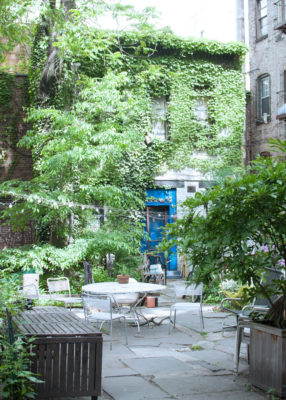
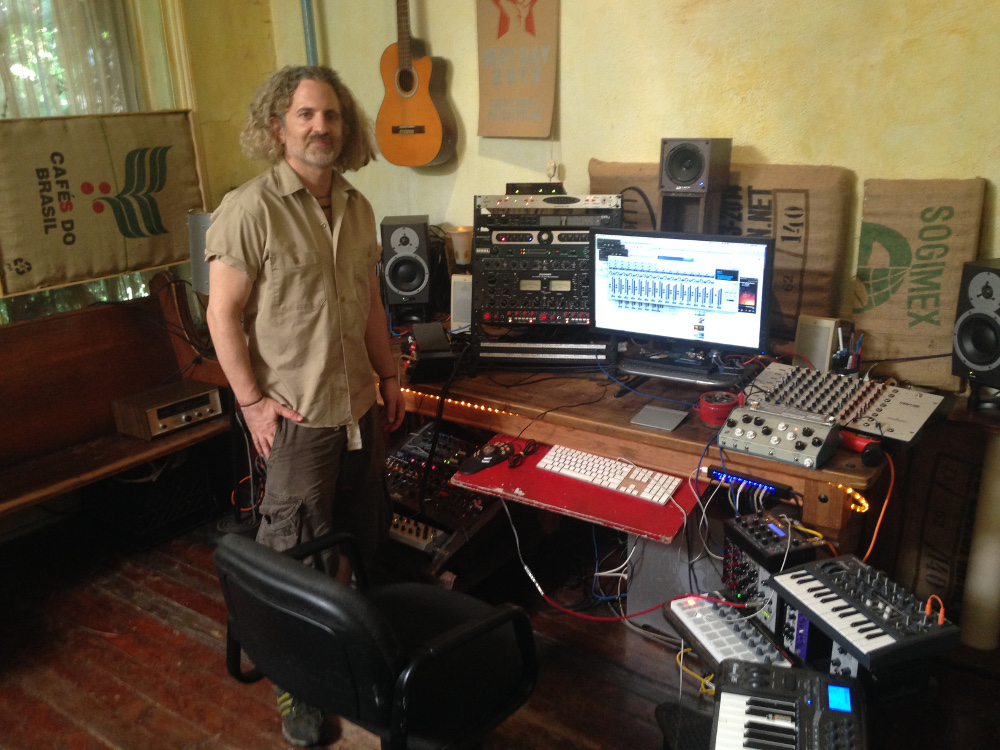

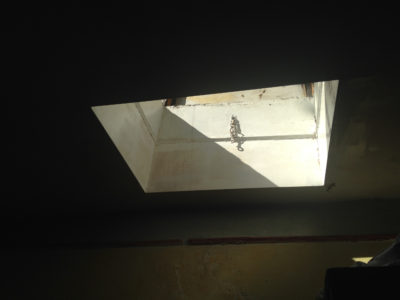
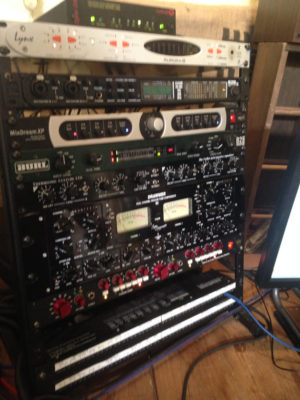
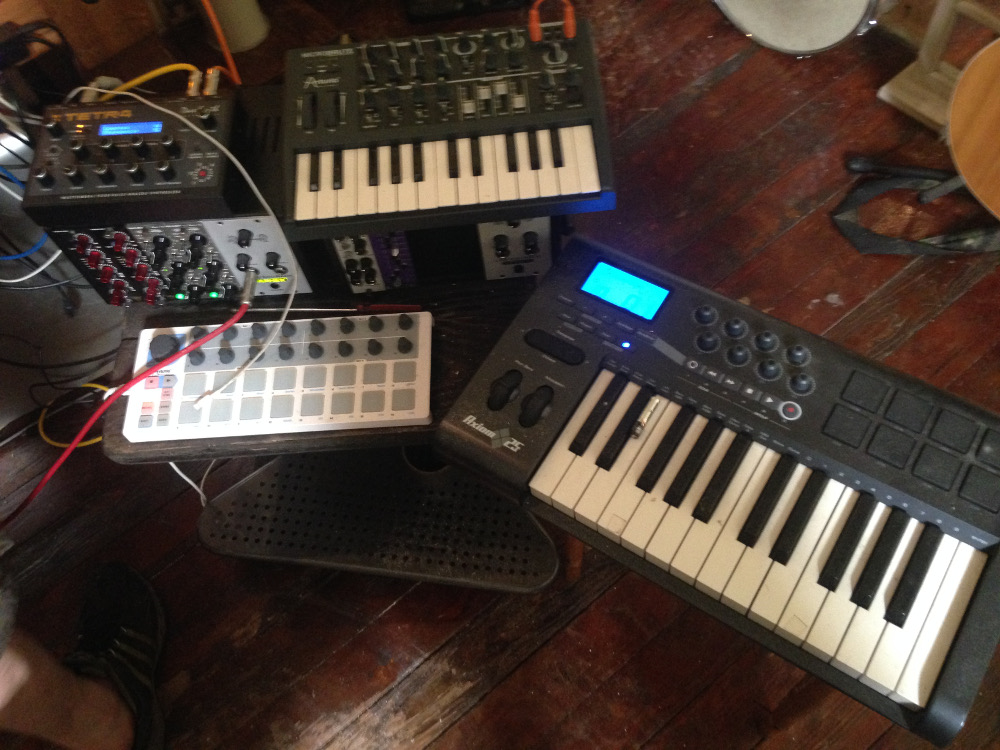
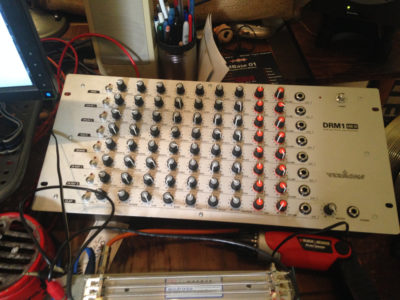
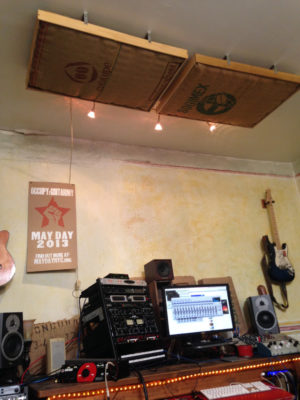
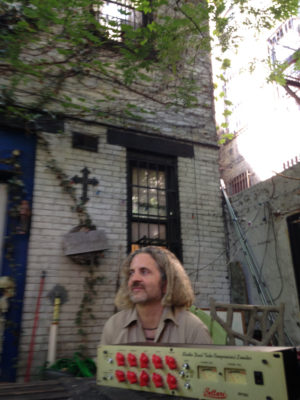
kryciss adams
August 2, 2016 at 10:14 am (9 years ago)the legendary shack gets some press. good deal